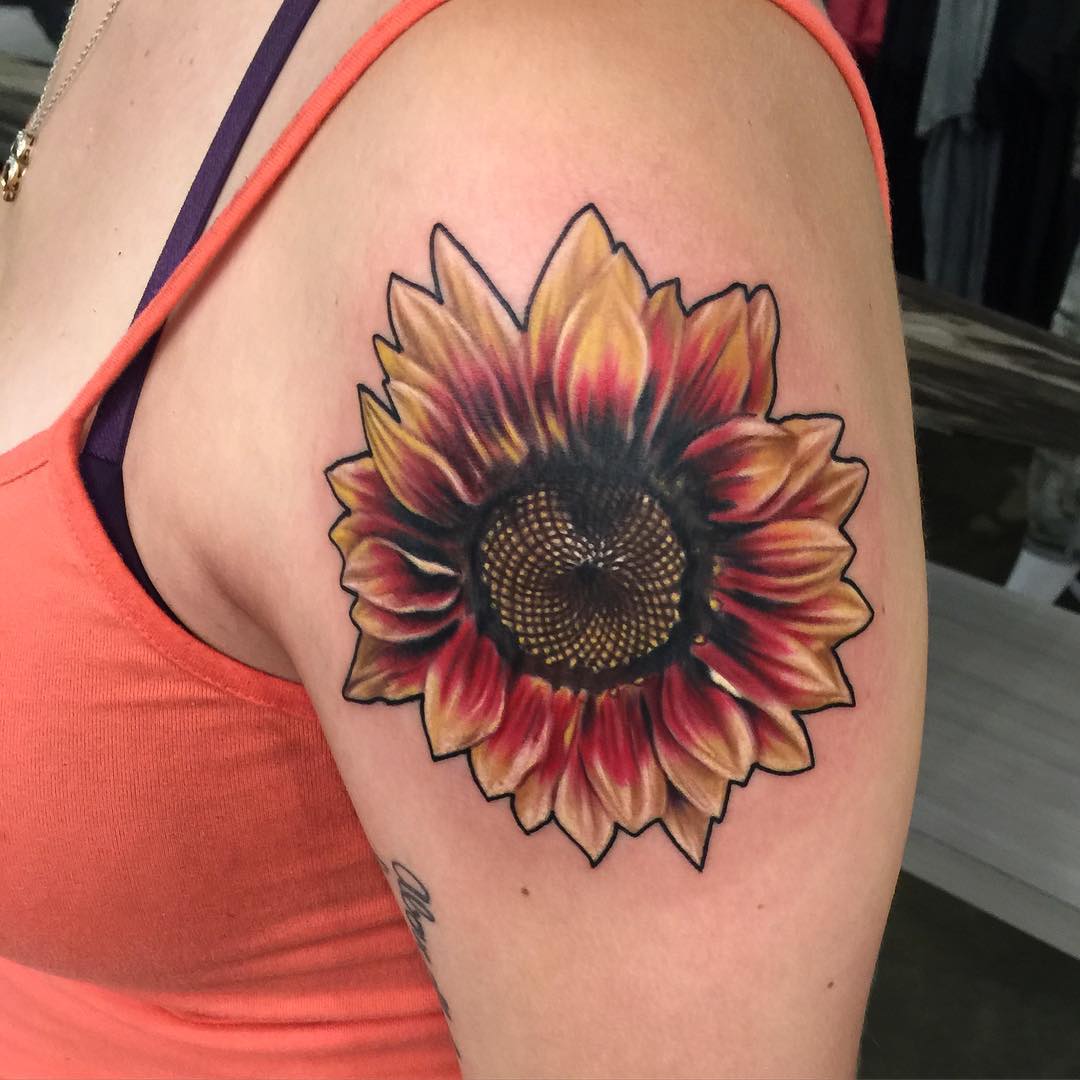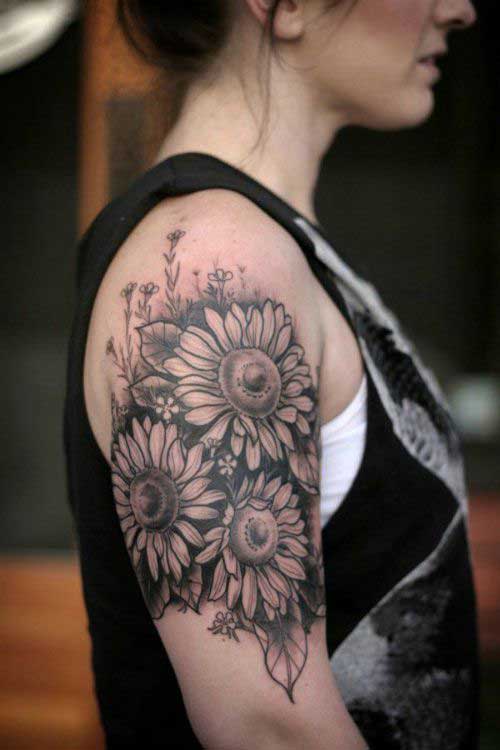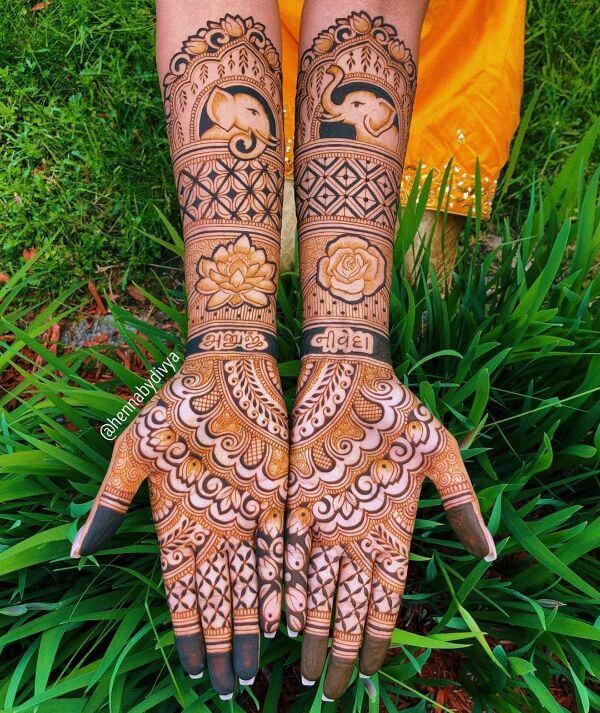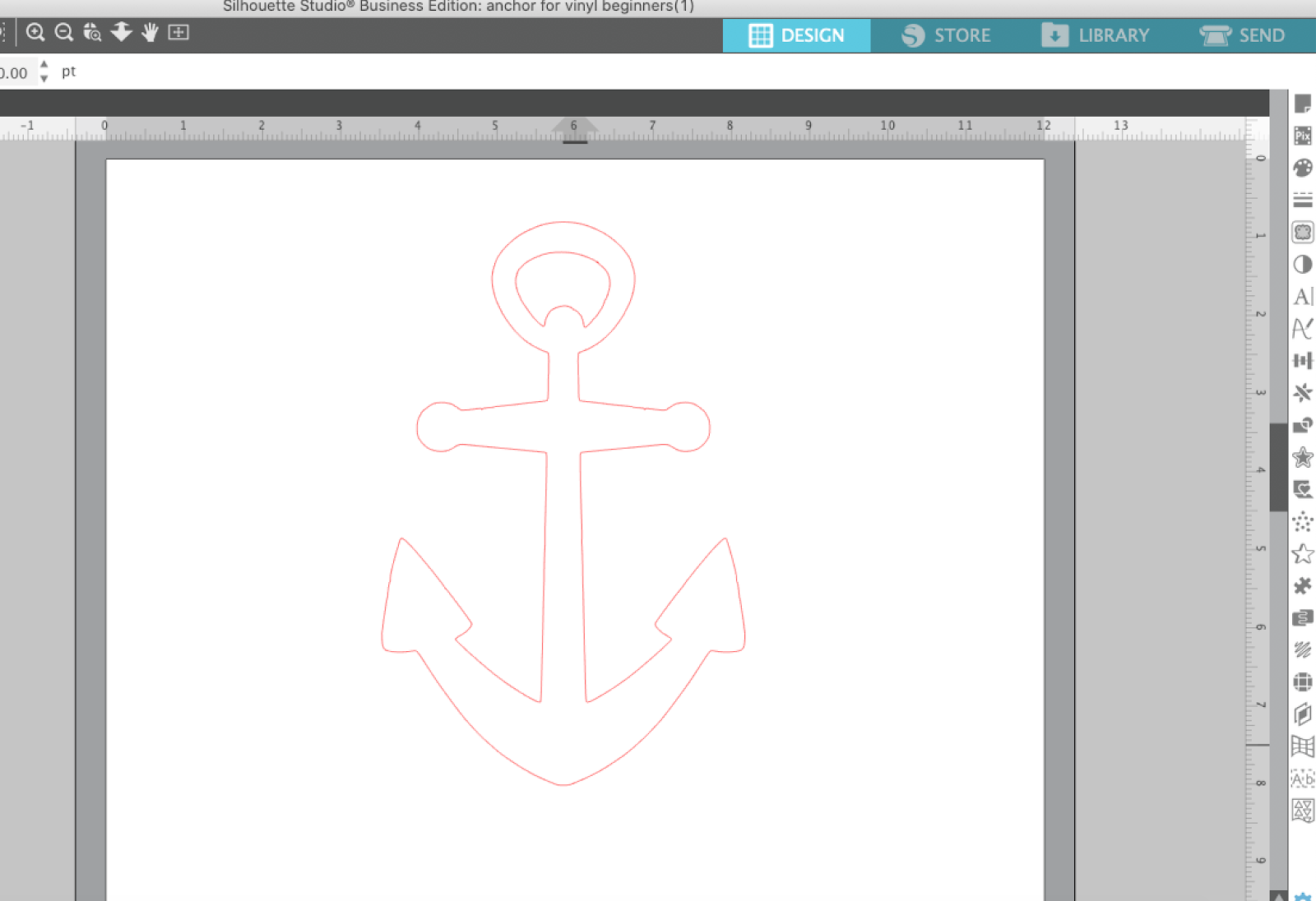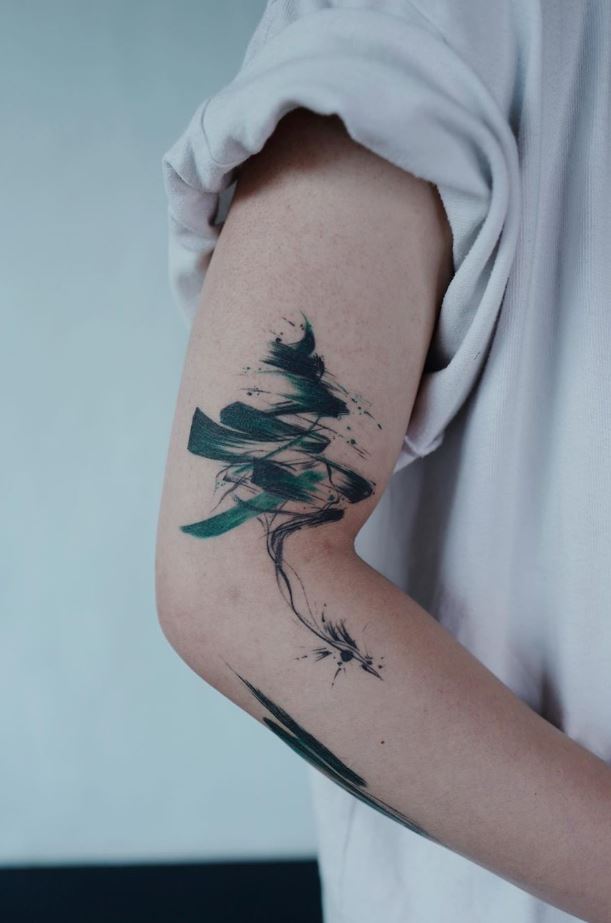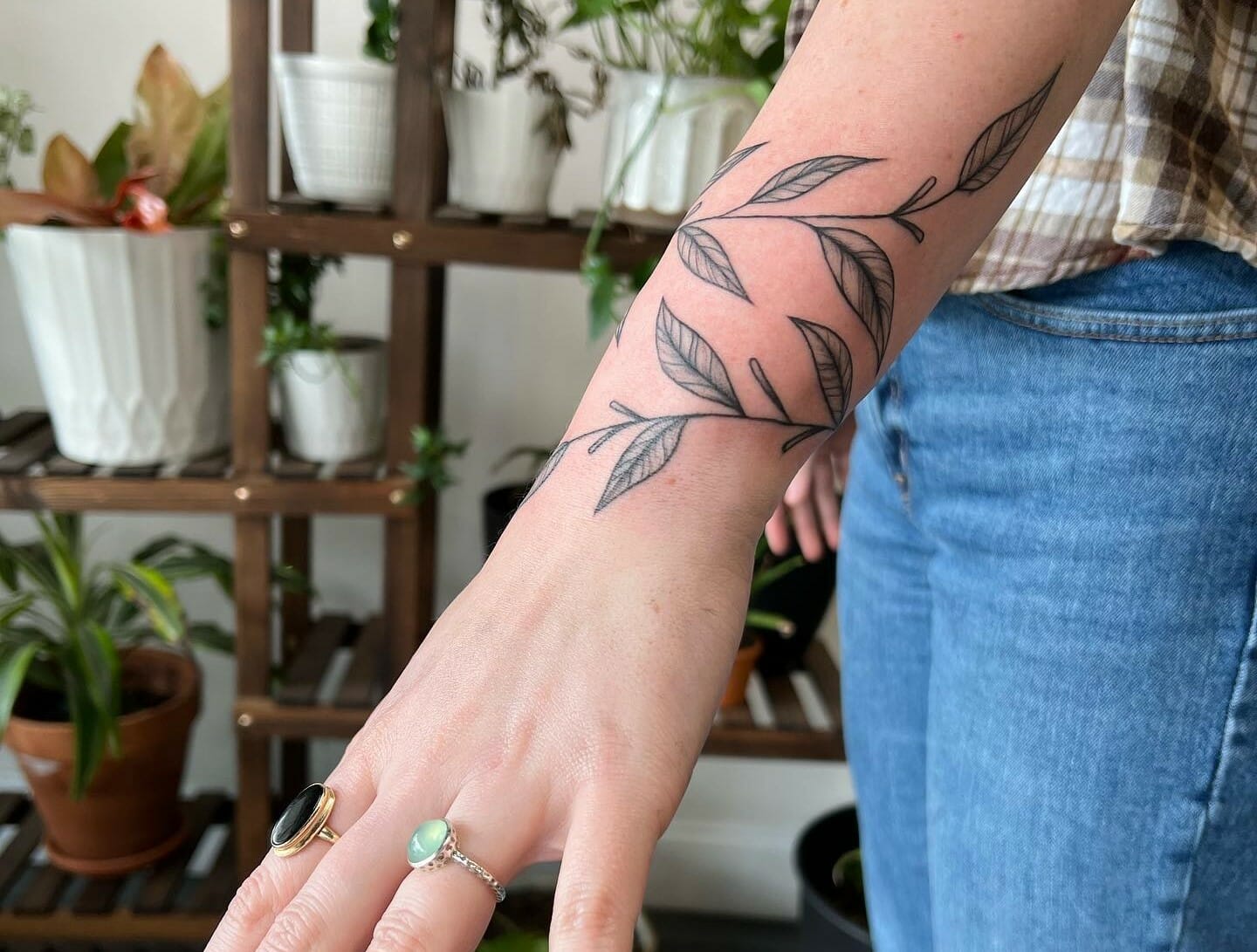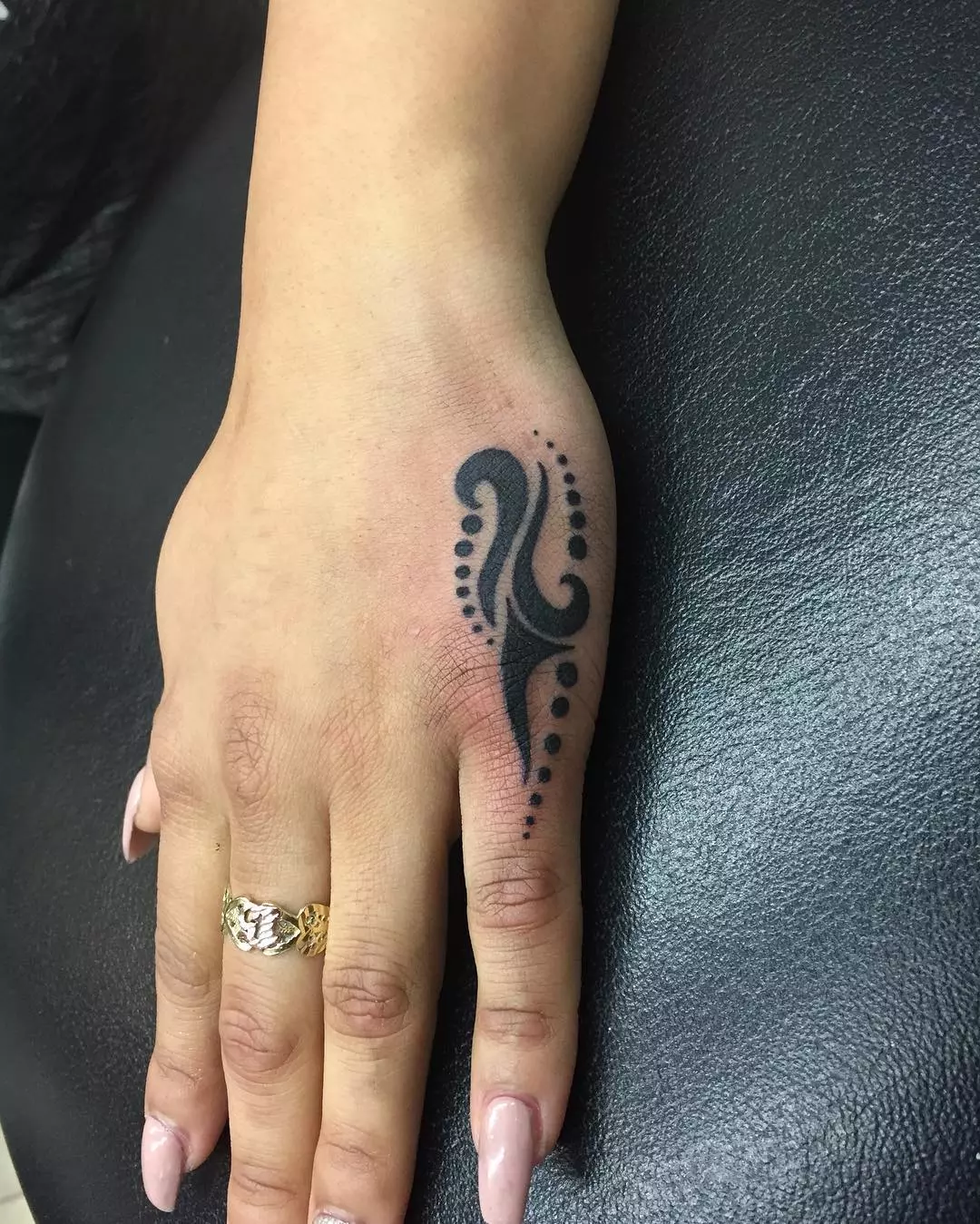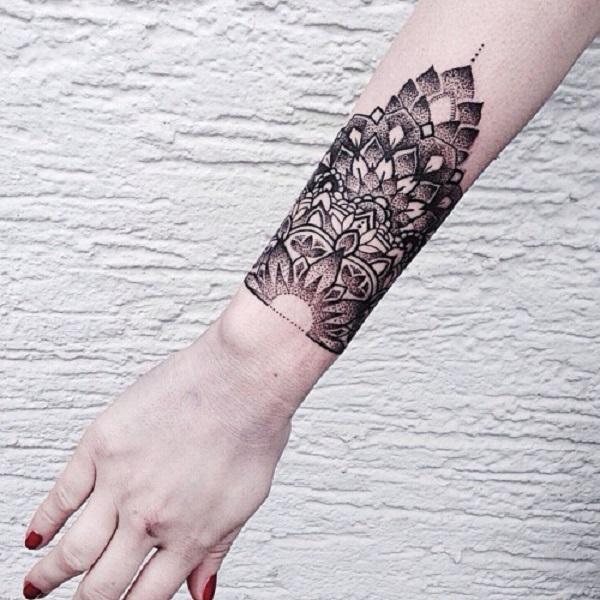
Can I Bring My Own Small Tattoo Design To An Artist? A Deep Dive into Ink, Inspiration, and Collaboration
So, you’ve got the itch. The ink itch, that is. And not just any ink, but your ink. You’ve been doodling, dreaming, and maybe even meticulously crafting a small tattoo design that speaks volumes about you. Now, the big question looms: can you waltz into a tattoo studio and confidently present your masterpiece to an artist?
The short answer? Absolutely! But, like most things in life, the long answer is a bit more nuanced. Let’s dive into the world of custom tattoo designs, artist collaboration, and ensuring your dream ink becomes a stunning reality.
1. The Power of Personalization: Why Your Own Design Matters
Tattoos are deeply personal. They’re stories etched onto skin, visual representations of passions, memories, and milestones. Bringing your own design to a tattoo artist allows you to inject that level of personalization directly into the process. It’s about more than just choosing a flash design off the wall; it’s about owning your narrative.
Think of it as commissioning a piece of art, but instead of hanging it on a wall, you’re wearing it as a badge of honor. It’s a statement, a conversation starter, and a constant reminder of something meaningful to you.
2. Finding the Right Artist: The Key to a Successful Tattoo Journey
Before you even think about presenting your design, you need to find the right artist. This isn’t just about picking the closest studio; it’s about finding someone whose style resonates with you and aligns with your vision.
- Research is Your Best Friend: Scour Instagram, browse studio websites, and read reviews. Look for artists who specialize in the style you’re after – whether it’s fine line, minimalist, watercolor, or something else entirely.
- Check Their Portfolio: A strong portfolio is a testament to an artist’s skill and experience. Pay close attention to the quality of their linework, shading, and overall execution.
- Consultation is Crucial: Schedule a consultation with a few artists you’re considering. This is your chance to discuss your design, ask questions, and get a feel for their personality and approach.
3. Preparing Your Design: Making it Artist-Ready
Okay, you’ve found your artist. Now it’s time to prep your design for its grand debut. This isn’t just about handing over a napkin sketch (although, sometimes, that’s where the magic begins!).
- Clarity is Key: Ensure your design is clear, well-defined, and easy to understand. If it’s a complex image, break it down into its essential elements.
- High-Resolution Images: If your design is digital, provide a high-resolution image to avoid pixelation and distortion.
- Size Matters: Consider the size of your design and how it will translate onto your skin. Small, intricate details may not hold up well over time.
- Reference Images: Gather reference images that inspire you and help illustrate your vision. These can include other tattoos, artwork, or even photographs.
4. The Consultation: A Collaborative Conversation
The consultation is where the magic truly happens. It’s your opportunity to discuss your design in detail with the artist, get their feedback, and collaborate on bringing your vision to life.
- Be Open to Suggestions: Remember, you’re working with a professional artist. Be open to their suggestions and insights. They may have ideas for improving your design or ensuring it translates well into a tattoo.
- Discuss Placement: Talk about the placement of your tattoo and how it will fit on your body. Consider factors like muscle movement, skin elasticity, and overall aesthetics.
- Don’t Be Afraid to Ask Questions: This is your chance to clarify any doubts or concerns you may have. Ask about the artist’s process, the types of ink they use, and their aftercare recommendations.
5. The Artist’s Perspective: Why Collaboration is Essential
While it’s your design, remember that you’re entrusting it to an artist’s skill and expertise. They’re not just replicating your image; they’re translating it into a permanent piece of art on your skin.
- Artistic Interpretation: Be prepared for the artist to add their own artistic interpretation to your design. This could involve tweaking certain elements, adjusting the linework, or adding shading and texture.
- Technical Considerations: Tattooing is a technical process. The artist may need to make adjustments to your design to ensure it’s structurally sound and will hold up well over time.
- Respect Their Expertise: Trust the artist’s judgment and expertise. They’ve likely tattooed hundreds, if not thousands, of designs and have a deep understanding of what works and what doesn’t.
6. Common Design Challenges and How to Overcome Them
Sometimes, your initial design may present certain challenges that need to be addressed.
- Intricate Details: Extremely intricate details can be difficult to execute and may fade or blur over time. The artist may suggest simplifying the design or increasing its size.
- Copyright Issues: Be mindful of copyright laws. If your design incorporates copyrighted material, you may need to obtain permission from the copyright holder.
- Cultural Sensitivity: Avoid designs that may be culturally insensitive or offensive. Do your research and be respectful of different cultures and traditions.
7. Red Flags to Watch Out For: When to Walk Away
While most tattoo artists are reputable and professional, there are a few red flags to watch out for.
- Unclean Studio: A clean and sterile environment is essential for preventing infections. If the studio appears dirty or disorganized, it’s a major red flag.
- Lack of Licensing: Ensure the artist is licensed and certified to practice tattooing in your area.
- Refusal to Show Portfolio: A reputable artist will be happy to show you their portfolio. If they refuse, it could be a sign that they’re hiding something.
- Unwillingness to Collaborate: If the artist is dismissive of your ideas or unwilling to collaborate on your design, it’s best to find someone else.
8. The Importance of Aftercare: Protecting Your Investment
Once your tattoo is complete, proper aftercare is crucial for ensuring it heals properly and looks its best for years to come.
- Follow the Artist’s Instructions: Your artist will provide you with specific aftercare instructions. Follow them carefully.
- Keep it Clean: Gently wash your tattoo with mild soap and water several times a day.
- Moisturize Regularly: Apply a thin layer of fragrance-free moisturizer to keep your skin hydrated.
- Avoid Sun Exposure: Protect your tattoo from direct sunlight, as it can cause fading and damage.
9. Budgeting for Your Custom Tattoo: Understanding the Costs
Custom tattoos can be more expensive than flash designs, so it’s important to budget accordingly.
- Hourly Rate vs. Flat Rate: Some artists charge an hourly rate, while others charge a flat rate for the entire tattoo.
- Design Complexity: The complexity of your design will affect the price. More intricate designs will take longer to execute and will therefore cost more.
- Artist’s Experience: More experienced artists typically charge higher rates.
- Shop Minimum: Most tattoo studios have a minimum charge, regardless of the size or complexity of the tattoo.
10. Small Tattoo Design Ideas: Inspiration for Your Ink
Need some inspiration for your small tattoo design? Here are a few ideas to get your creative juices flowing:
- Symbols: Meaningful symbols, such as a heart, a star, or an infinity sign.
- Animals: Small animal silhouettes or paw prints.
- Flowers: Delicate floral designs, such as a rose, a lotus, or a lavender sprig.
- Quotes: Short, inspirational quotes or words.
- Geometric Shapes: Simple geometric shapes, such as triangles, circles, or squares.
11. The Evolution of Tattooing: From Tradition to Modern Art
Tattooing has a rich and fascinating history, dating back thousands of years. From ancient tribal markings to modern art, tattoos have evolved into a powerful form of self-expression.
12. The Psychology of Tattoos: Why We Choose to Ink Ourselves
Tattoos can be a way to reclaim our bodies, to express our individuality, and to connect with others who share our passions. They can be symbols of resilience, reminders of loved ones, or simply beautiful works of art.
13. Maintaining Your Tattoo’s Vibrancy: Long-Term Care Tips
To keep your tattoo looking its best for years to come, follow these long-term care tips:
- Stay Hydrated: Drinking plenty of water helps keep your skin healthy and hydrated.
- Protect From Sun: Sun exposure is the biggest enemy of tattoos. Always wear sunscreen when you’re outdoors.
- Moisturize Regularly: Continue to moisturize your tattoo regularly to keep the skin supple and prevent fading.
- Touch-Ups: Over time, tattoos may fade or blur. Consider getting a touch-up to refresh the colors and linework.
14. The Social Impact of Tattoos: Breaking Down Stereotypes
Tattoos have become increasingly mainstream in recent years, and the stigma surrounding them has largely faded. However, some stereotypes still persist. It’s important to remember that tattoos are a personal choice and should not be used to judge or stereotype individuals.
15. Embracing Your Unique Ink: Celebrating Self-Expression
Ultimately, getting a tattoo is about embracing your individuality and celebrating self-expression. Whether you bring your own design or collaborate with an artist on something entirely new, your tattoo should be a reflection of who you are.
Conclusion:
Bringing your own small tattoo design to an artist is absolutely possible and can be an incredibly rewarding experience. By doing your research, preparing your design, communicating effectively with your artist, and following proper aftercare instructions, you can ensure that your dream ink becomes a stunning reality. Remember, it’s a collaborative process, and your artist is there to help you bring your vision to life. So, go forth, get inked, and wear your story with pride!
FAQs:
1. What if the artist doesn’t like my design?
It’s possible an artist might not feel comfortable executing a particular design if it’s outside their skillset or style. Don’t take it personally! It’s better they’re honest upfront. Seek out another artist whose style aligns better with your vision.
2. How can I make my hand-drawn design look more professional for the artist?
Take a clear, well-lit photo of your drawing. If possible, trace over it with a fine-tipped marker to create bolder lines. You can also use digital editing tools to clean up the image and adjust the contrast.
3. Will the artist trace my design exactly, or will they change it?
Most artists will use your design as a starting point but may make small adjustments for technical reasons or to improve the overall aesthetic. Discuss any potential changes with them during the consultation.
4. What if I want a tattoo in a language I don’t speak?
Thoroughly research the translation and have it verified by multiple sources to ensure accuracy. It’s also a good idea to show the translation to a native speaker for confirmation.
5. How long does it usually take to get a small custom tattoo?
The time it takes depends on the size, complexity, and placement of the tattoo. A simple design might take an hour or two, while a more intricate one could take several hours or even multiple sessions. Discuss the estimated time with your artist during the consultation.



